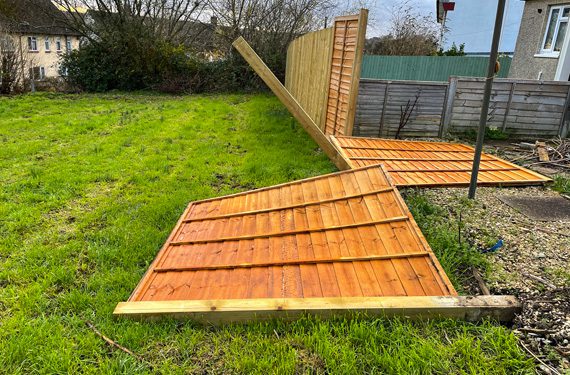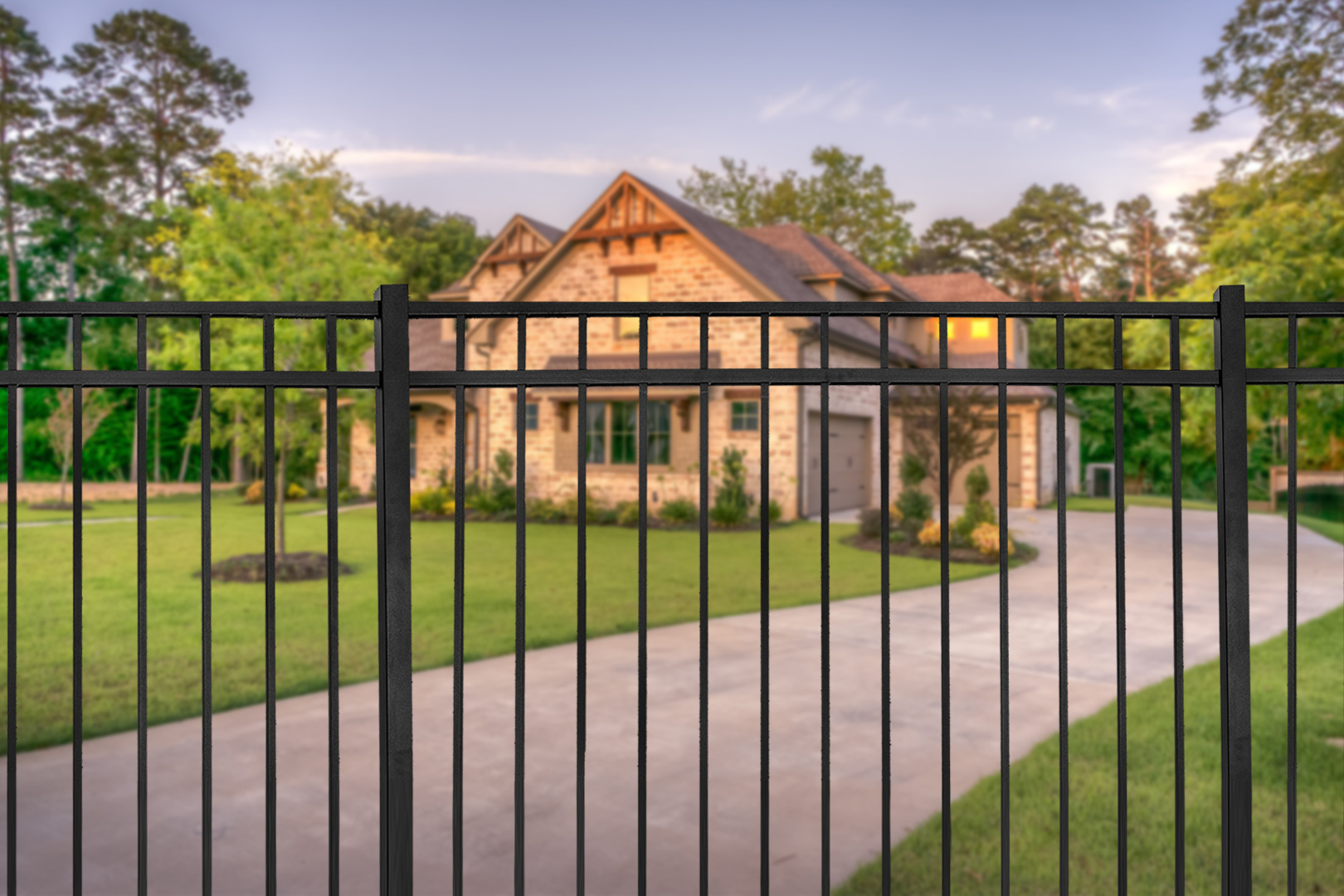All Categories
Featured
Before the setup procedure begins, it's vital to properly prepare your building to ensure that everything goes efficiently. Below's an overview on exactly how to prepare your home for fence setup.
In addition, look for any below ground barriers like automatic sprinkler, irrigation pipelines, or energy lines. You can generally call your neighborhood energy company to note the locations of these underground features to stop unexpected damages throughout setup. It's always best to make certain the ground is without blockages prior to the contractor starts excavating.
![]()
![]()
Conclusion. Preparing your home for fence setup is an important step in the procedure that can conserve you time, anxiety, and money. By comprehending regional laws, noting home lines, getting rid of the setup location, and interacting with your neighbors, you can make certain a successful and smooth installment. Making the effort to prepare appropriately will not just make the installment process simpler but also result in an attractive, resilient fence that improves your residential or commercial property for several years ahead.
- Check Regional Regulations and Permits. Prior to starting the physical prep work, it's essential to understand the neighborhood laws bordering fencing installation. You may need to acquire a permit prior to setup or verify with your Homeowners Organization (HOA) if you live in a neighborhood with specific standards.
- Mark Your Residential Property Lines. Recognizing specifically where your property lines are is vital to make certain the fencing is mounted appropriately. You do not want to mistakenly develop part of your fence on your neighbor's land, as this might lead to disputes.
- Clear the Installment Location. Next, you need to prepare the location where the fence will be mounted. These items can conflict with the fencing setup procedure and may need extra labor or equipment to get rid of, which can raise costs and time.
In addition, look for any below ground barriers like automatic sprinkler, irrigation pipelines, or energy lines. You can generally call your neighborhood energy company to note the locations of these underground features to stop unexpected damages throughout setup. It's always best to make certain the ground is without blockages prior to the contractor starts excavating.

- Think About Accessibility for Installation Tools. Throughout the fence setup procedure, hefty equipment such as trucks, posts, or diggers may require to access your home. Ensure that there is a available and clear course to your building for these cars to avoid any hold-ups. It's vital to review this with your contractor ahead of time so they can prepare appropriately if you have a slim driveway or limited access. Clearing up the pathway also helps to prevent damage to your yard, landscape design, or any structures near the setup area.
- Connect with Neighbors. If you're installing a fence on or near the residential property line, it's polite to educate your next-door neighbors regarding the project in advance. While this is not lawfully needed in all instances, giving your neighbors a heads-up can aid and avoid misunderstandings keep excellent partnerships. Some next-door neighbors may have issues about the fence elevation, design, or prospective obstruction of sights, so it's important to talk about these details early at the same time. If you're dealing with a professional, ask to be mindful of your neighbor's residential or commercial property throughout installation.
- Pick Your Fence Product and Design. Prior to setup begins, pick the kind of fence material and style you desire. There are numerous options to select from, consisting of wood, plastic, aluminum, chain-link, and functioned iron, each with its disadvantages and pros. Consider your objectives for the fencing-- whether it's privacy, safety and security, visual appeals, or reduced upkeep-- and exactly how each material suits your demands. In addition, ensure to communicate your selection with the professional so they can prepare accordingly, ensuring they have all the required materials accessible for a smooth installation.

- Prepare for the Final Touches. Once the fence is set up, you might need to deal with some final touches. These can include staining or repainting a timber fence, including message caps, or guaranteeing evictions swing correctly. The installment group may require additional time to guarantee every little thing lines up as planned if you've decided for an ornamental or custom-made style. Once the setup is total to ensure everything meets your assumptions., it's an excellent concept to examine the fence.
Conclusion. Preparing your home for fence setup is an important step in the procedure that can conserve you time, anxiety, and money. By comprehending regional laws, noting home lines, getting rid of the setup location, and interacting with your neighbors, you can make certain a successful and smooth installment. Making the effort to prepare appropriately will not just make the installment process simpler but also result in an attractive, resilient fence that improves your residential or commercial property for several years ahead.
Latest Posts
Find Brake Repair & More: Full Repair Options from Montclare Auto Repair
Published May 27, 25
1 min read
Reasons Routine Vehicle Maintenance at Montclare Auto Repair Reduces Costs
Published May 27, 25
1 min read
Discover Oil Changes & More: Full Auto Care Solutions from Montclare Auto Repair
Published May 26, 25
1 min read
More
Latest Posts
Find Brake Repair & More: Full Repair Options from Montclare Auto Repair
Published May 27, 25
1 min read
Reasons Routine Vehicle Maintenance at Montclare Auto Repair Reduces Costs
Published May 27, 25
1 min read
Discover Oil Changes & More: Full Auto Care Solutions from Montclare Auto Repair
Published May 26, 25
1 min read